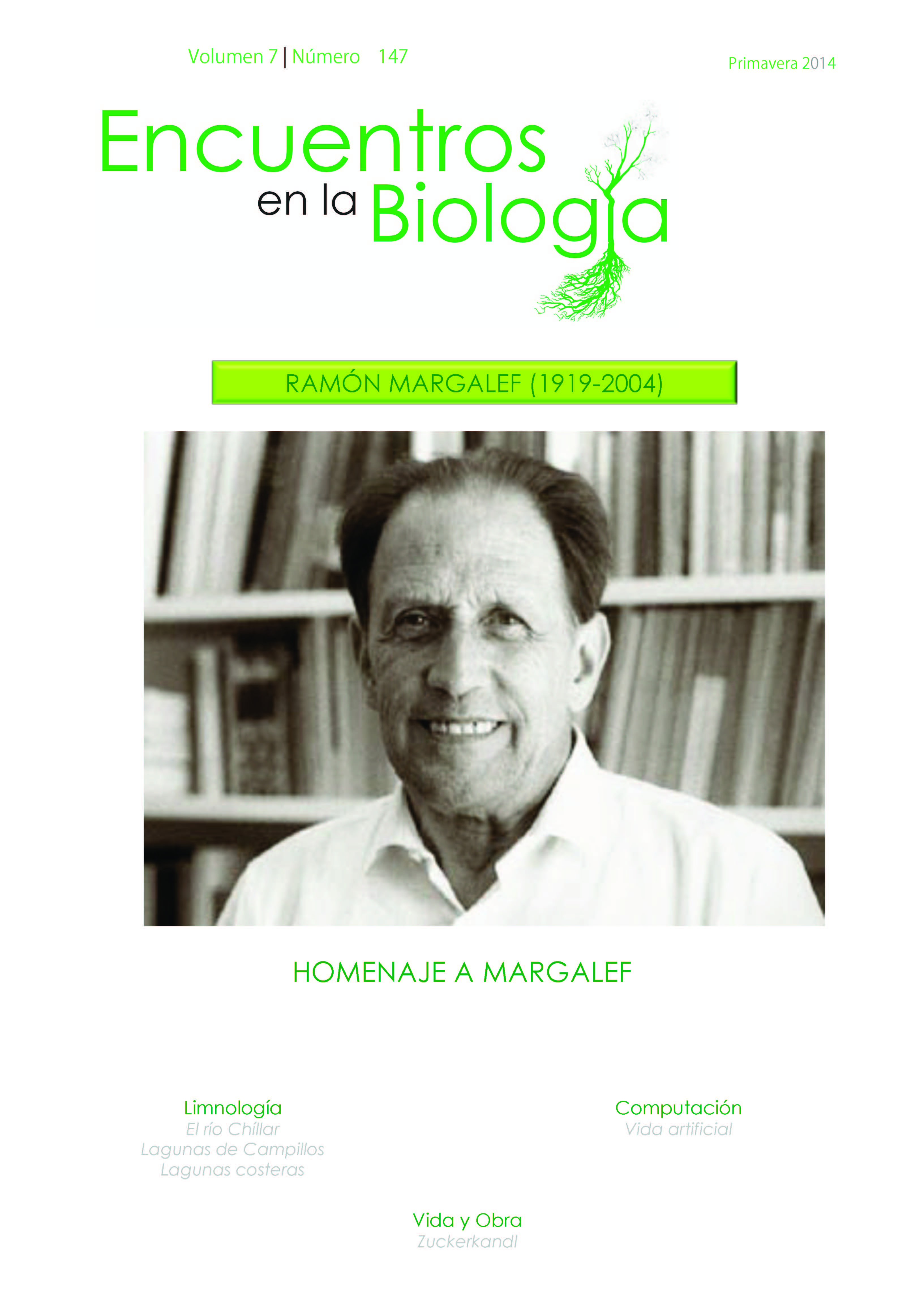Artificial Life: At the Crossroads
Keywords:
life artificialAbstract
In recent decades, the dividing line between Biology and Computer Science has gradually blurred. On the one hand, a large number of computational methods (collectively known as bioinspired methods) have emerged from a wide variety of biological systems or processes, such as evolutionary algorithms, artificial neural networks, or membrane-based computing. On the other hand, scientific advancement in the vast majority of Biology disciplines has led researchers to rely entirely on computer systems and computational methods for the processing, analysis, and synthesis of information, as is the case with Genomics, Proteomics, and other biological disciplines aided by Bioinformatics tools123. This highlights the increasing intersection of biology and computer science, and the significant role of computational methods in advancing biological research
Downloads
Metrics
Publication Facts
Reviewer profiles N/A
Author statements
Indexed in
-
—
- Academic society
- N/A
- Publisher
- Uma Editorial. Universidad de Málaga
References
Christopher Langton (editor), 1987. Artificial Life: Proceedings Of An Interdisciplinary Workshop On The Synthesis And Simulation Of Living Systems. Editorial Westview Press. ISBN 9780201093568.
Christopher Langton, 1997. Artificial Life: An Overview. Editorial The MIT Press. ISBN 9780262621120.
Rafael Lahoz Beltrá, 2004. Bioinformática: Simulación, Vida Artificial e Inteligencia Artificial. Editorial Díaz De San- tos. ISBN 8479786450.
Jose David Fernández Rodríguez, 2012. The Evolution of Diversity in the Structure and Function of Artificial Organisms. Tesis Doctoral, Universidad de Málaga.
Downloads
Published
How to Cite
Issue
Section
License
Esta obra está bajo licencia internacional Creative Commons Reconocimiento-NoComercial-CompartirIgual 4.0.
Esta revista provee acceso libre inmediato a su contenido bajo el principio de hacer disponible gratuitamente la investigación al público. Todos los contenidos publicados en Encuentros en la Bilogía están sujetos a la licencia Creative Commons Reconocimento-NoComercia-Compartirigual 4.0 cuyo texto completo puede consultar en <http://creativecommons.org/licenses/by-nc-sa/4.0>
Se pueden copiar, usar, difundir, transmitir y exponer públicamente, siempre que:
Se cite la autoría y la fuente original de su publicación (revista, editorial y URL de la obra).
No se usen para fines comerciales.
Se mencione la existencia y especificaciones de esta licencia de uso
Los derechos de autor son de dos clases: morales y patrimoniales. Los derechos morales son prerrogativas perpetuas, irrenunciables, intransferibles, inalienables, inembargables e imprescriptibles. De acuerdo con la legislación de derechos de autor, Encuentros en la Biología reconoce y respeta el derecho moral de los autores/as, así como la titularidad del derecho patrimonial, el cual será cedido a la Universidad de Málaga para su difusión en acceso abierto. Los derechos patrimoniales, se refieren a los beneficios que se obtienen por el uso o divulgación de las obras. Encuentros en la Biología se publica en open access y queda autorizada en exclusiva para realizar o autorizar por cualquier medio el uso, distribución, divulgación, reproducción, adaptación, traducción o transformación de la obra.
Es responsabilidad de los autores/as obtener los permisos necesarios de las imágenes que están sujetas a derechos de autor.
Los autores/as cuyas contribuciones sean aceptadas para su publicación en esta revista conservarán el derecho no exclusivo de utilizar sus contribuciones con fines académicos, de investigación y educativos, incluyendo el auto-archivo o depósito en repositorios de acceso abierto de cualquier tipo.
La edición electrónica de esta revista esta editada por la Editorial de la Universidad de Málaga (UmaEditorial), siendo necesario citar la procedencia en cualquier reproducción parcial o total.


